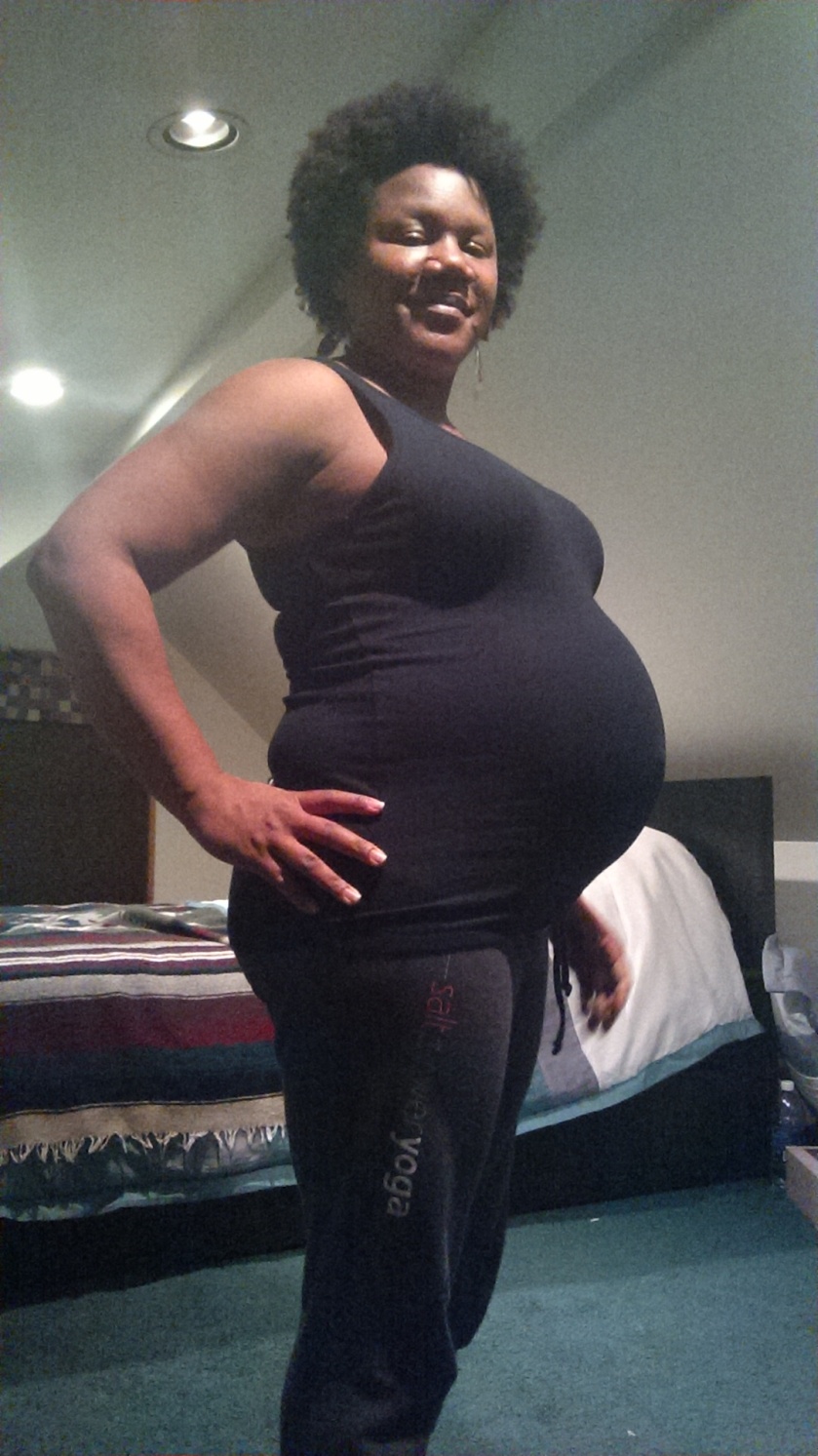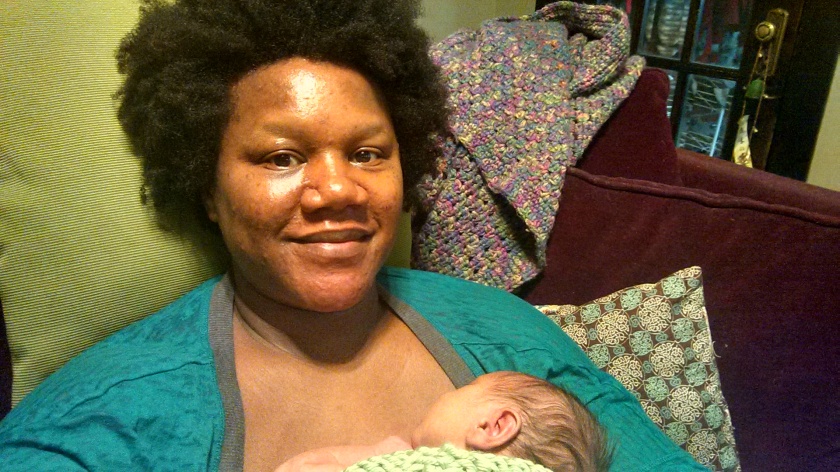Access to abortion care is a vital aspect of comprehensive health care for women of reproductive age. Lack of access to abortion services leads to later term abortions that come with an increase in the risk of health complications like unmanageable pain or bleeding. Lack of access also opens the door for disreputable individuals to offer clandestine abortion services, which often lead to dangerous and deadly side effects.
Socioeconomic factors affecting abortion access are exacerbated by state-enacted, targeted regulation of abortion providers, or TRAP laws. TRAP laws are laws passed that apply only to abortion providers, which are often passed under the guise of protecting women’s health, while serving only to reduce the number of freestanding abortion clinics in a state, thus reducing access.
However, the primary and most immediate barrier to abortion care for many women is purely economic: the cost of an abortion. The cost for a surgical abortion in the first trimester ranges from $300 – $950. The cost for a medical abortion very early in pregnancy using an abortifacient like mifepristone costs $300 – $800. The price goes up week-per-week as a pregnancy progresses.
When I was a student working my way through college, taking the minimum student loans, and scraping by each month, raising an extra $600 in just a couple of weeks while still paying the rent and feeding myself would have been almost impossible! I’d have had to pick up extra shifts beyond the 30 hours a week I was already working. I think it would have taken me 5 or 6 weeks to earn the money. If I was diligent and found out I was pregnant at 6 weeks*, by the time I’d raised the money, made an appointment, and traversed the needlessly obligatory waiting period, the pregnancy could have progressed into the second trimester – and the price would have progressed right with it. And so I paint the picture of the unforgiving situation of chasing the cost of an abortion.
Because of this impact that cost chasing has on poor women, some prochoice activists advocate “abortion – free, on demand”. Other reproductive health care professionals advocate for increases and expansion of Medicaid coverage to pay for medically necessary as well as elective abortions for poorer Americans. But I, as a Prochoice activist, cannot fully support these position. To explain, I’ll break this motto up into two parts.
Abortion on demand!
When was the last time you walked into a doctor’s office who you’d never met, shook his or her hand and said “I want you to perform procedure X – which requires sedation, maybe a narcotic prescription, and possibly follow up – on me today.” I highly doubt you’d get what you want without an in-depth consultation at the least. Abortion in the first trimester is a minor procedure. But a patient history, pregnancy testing, and consultation is important for patient wellbeing for even minor procedures. Many states, including mine, have enacted a compulsory waiting period between the first appointment with an abortion care professional and the abortion being performed. However, a 24-hour waiting period may not be necessary (and is certainly not effective) for ensuring patient wellbeing.
Waiting periods are just another barrier. Decisions about patient care should be left to the doctor and the patient, without unwarranted intervention by the government. Compulsory waiting periods without careful consideration of and compensation for the burden such waiting periods would have on women with no childcare arrangements, lacking private transportation or needing to travel great distances to access an abortion pose an undue burden.
Another aspect of abortions “on demand” is allowing abortion at any stage of pregnancy for any reason. Not many people support this position. The United States Supreme Court ruled in Roe v. Wade that a state’s vested interest in the wellbeing of a fetus cannot override the interests of a pregnant woman until such time the fetus could be viable outside the womb – variably 22 – 24 weeks into pregnancy. Most states criminalize third trimester abortions, with exception for when the life of the mother is in danger. (One marked exception is Maryland, which has no such laws on the books and is home to one of the very few late-term abortion providers in the country.)
Though the antichoice movement would have one believe otherwise, the majority of prochoice activists support restrictions on third trimester abortions with exceptions for serious or life-threatening health circumstances and when lethal fetal anomalies are confirmed.
Abortion – for free?
Health care costs money. Many people disagree with the notion of health care as a civil right. Personally, I reject the philosophy that some lives are worth more than others if they have enough money. In my view, some fundamental level of health care is indeed a civil right. As health care costs money, a threshold exists where the obligation to protect the common wellbeing ends and a personal agenda of wellbeing begins.
There will be an estimated 56.9 million Americans enrolled in Medicaid in 2013**. In most states, Medicaid covers an abortion if it is a medically necessary health care procedure. But the majority abortions are arguably not medically necessary. The question in the case of non-medically indicated health care procedures becomes – who is obligated to fund your life? Is the government supposed to take care of you?
Under the Constitution, our government provides vital services for the indigent and those that cannot care for themselves. This does not mean the government (the people) should pay for laser eye surgery because a Medicaid recipient is burdened by wearing glasses. As another analogy, this also does not mean the government is obligated to pay for tubal ligation or vasectomy. Likewise, an elective, non-medically indicated medical procedure does not fall under the financial obligation of our government (the people) to protect the welfare and national security of our country.
The government does (the people do) , however, pay or free contraception access (and in some cases, tubal ligation sterilization procedures) for Medicaid recipients and other qualified persons. This is because our government (the people) takes advice from the medical industry and the experience of our and other countries, which shows that in the long term it is in our best interest to prevent disease and unintended pregnancy rather than fight the symptoms.
Contraception access and comprehensive sex education prevent unplanned pregnancies. Offering elective abortion for free is not a preventative measure, and does nothing to prevent future unplanned pregnancies. A switch from a curative health care system to a preventative health care system is the single most important step the people (the government) can take toward protecting the common welfare of our country.
Offering abortion for free could have additional indirect consequences. If there is no consequence (cost) for needing an abortion, then there is no incentive for preventing unplanned pregnancy in the first place. Sure, there is always the desire to prevent the more uncomfortable symptoms of pregnancy. But if abortion were free, there would be no issue with pregnancy symptoms, because as soon as a woman found out she was unwelcomely pregnant, she could just jaunt right over, have an abortion within a day or two, and rid herself of the symptoms. Studies have shown money to be an effective incentive for eliciting many good behaviors – good grades and weight management for example. Why should avoiding pregnancy be any different?
Bad behavior with no consequences is no bad behavior at all. Personally, I worked quite well to make sure I never ended up pregnant unexpectedly. Neglecting contraceptive measures, getting pregnant, and then footing the people with your unnecessary medical bill is bad behavior. We should all be tasked with assuming a measure of personal responsibility when it comes to our health care. And when we choose to practice safe (or not) sex, we have accepted not only the protection, but also the risk that our chosen contraception method will fail. This is a calculated risk, one for which we should all be prepared to pay.
*More commonly, women discover they are pregnant at between 6 and 12 weeks.
**U.S. Department of Health and Human Services, “Fiscal Year 2013 Budget in Brief, Strengthening Health and Opportunity for All Americans,” http://www.hhs.gov/budget/fy2013/budget-brief-fy2013.pdf



